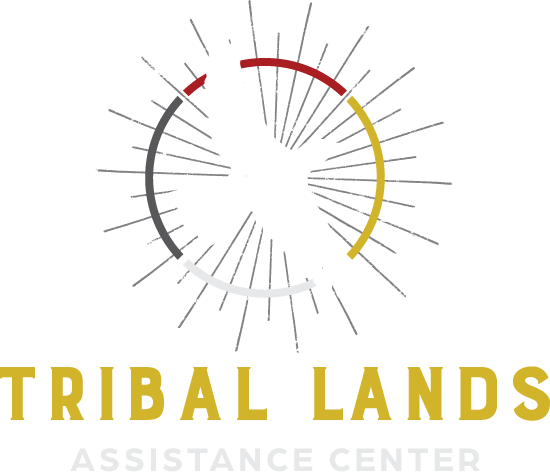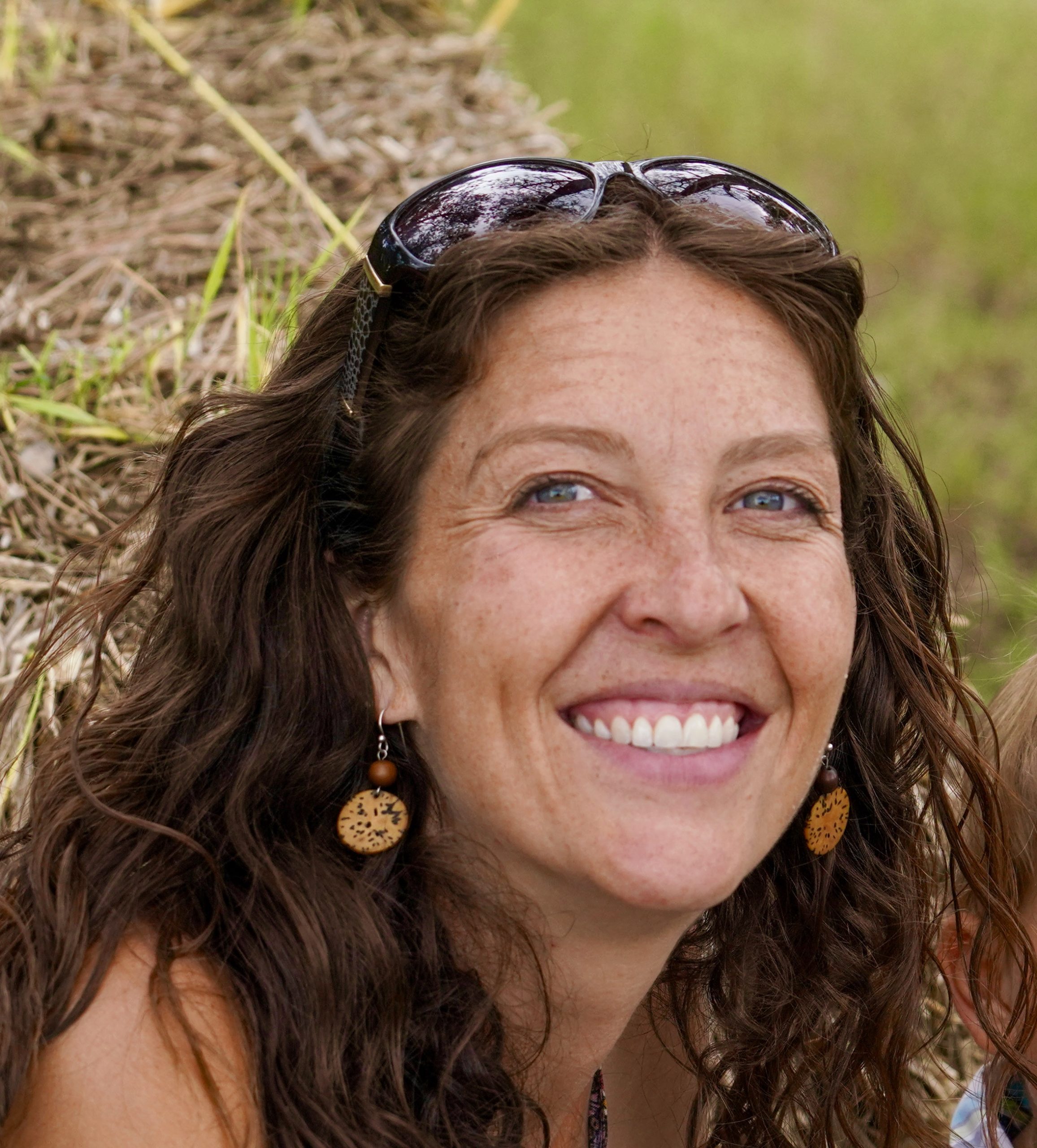Our Mission
The Tribal Lands Assistance Center (TLAC) will provide all federally recognized Tribes including Alaska Native Villages a single point of access to information and resources regarding contaminated sites on and near Tribal lands and waters.
TLAC’s Services to Tribes
TLAC is a resource for Tribes and Tribal communities facing contamination, or the threat of contamination, — regardless of location, size, scope, or severity. Its services, as determined by Tribal needs, are responsive, comprehensive and proactive. Concurrently with responsiveness to Tribal inquiries and needs, TLAC will focus on training Tribal professionals and other Tribal officials. That is, responses to inquiries will include providing a clear understanding of the rationale for each response, thereby building Tribal knowledge in the applicable subject(s).
TLAC Background
TLAC was conceptualized by one of the Institute for Tribal Environmental Professional’s (ITEP) original founders, William (Bill) M. Auberle in response to Tribal needs expressed through numerous meetings and interviews in 2019. Mr. Auberle accompanied Virgil Masayesva, ITEP’s first director, to meet with EPA officials in Washington DC in 1992, launching ITEP’s first program and listening sessions with Tribes across the country. He continues to guide ITEP as an Advisory Board member.
ITEP has been in partnership with US Environmental Protection Agency’s (EPA) Office of Land and Emergency Management (OLEM) since 2008 to assist with developing Tribal capacity in the following areas:
- Solid and Hazardous Waste Management
- Brownfields
- Underground Storage Tanks
- Superfund
- Emergency Management
ITEP’s experience working with members of the Tribal Superfund Working Group and the Tribal Waste and Response Steering Committee since 2008 has placed our team in the right position to develop an effective program for building a community of Tribal representatives, agency staff, and experts across the country to collaborate on solutions for cleaning up Tribal lands.

TLAC Logo
The Flicker is a bird in many of our songs and stories, and often plays the role of a connector and communicator. For many years a glass Flicker feather, that was gifted to Todd Barnell by the Cultural Manager of the Coquille Indian Tribe, has been used for the Tribal Superfund Working Group (TSFWG) Talking Circles. We hope TLAC is a place to connect and share for you.
TLAC Overview
Contamination on and impacting Tribal lands and waters varies widely. Small spills of hazardous materials may be addressed quickly to limit potential health and environmental impacts. Severely impacted lands or waters, e.g. National Priorities List (NPL) and Abandoned Mine Lands (AML) sites may require comprehensive strategies and mitigation efforts that must be sustained for decades. Contaminated sites vary widely physically and chemically, and include hydrocarbon compounds, nuclear-unstable isotopes, metals and a wide array of other organic and inorganic compounds. Similarly, threats to health, the environment, cultural resources, etc., range from immediate and acute to long-term. In addition to contaminated sites located on Tribal lands, contaminated sites that are upwind, upstream, or up-gradient on adjoining or even distant lands have the potential to generate health and environmental impacts in Tribal communities and on Tribal lands and waters.
The Comprehensive Environmental Response Compensation and Liability Act (CERCLA) has been an important guide to federal policy on contaminated site remediation for nearly forty years. Several other statutes, policies and regulations have been promulgated to address specific contaminated sources, pollution prevention, and remediation actions.
Meet the Team
The Center’s team is driven by our desire for all people to live in a world where everyone has access to clean land and water in perpetuity. We strive for prompt responsiveness to Tribal inquiries and needs, focus on training Tribal professionals and other Tribal officials, and include providing a clear understanding of the rationale for each response, thereby building Tribal knowledge in the applicable subject(s).

Todd Barnell
Tribal Waste & Response Project Director
Todd Barnell joined ITEP in 2002, and in 2008 secured the first cooperative agreement that made it possible for his team to work with the Tribal Superfund Working Group (TSFWG). Over the years his team has coordinated regular annual webinars, created an interactive hazardous substance map, reviewed risk models, developed various online resources and web-based trainings, established regular national conference calls on Superfund policy, and organized site visits and meetings at Tribal nations across the country for the TSFWG. One of his favorite activities is hosting the annual TSFWG Talking Circle at the TLEF. He is constantly inspired by the amazing work of his Tribal colleagues who do heroic work at some of the most challenging hazardous sites in the world. You can learn more about Todd on the ITEP Team page and he can be reached by e-mail at Todd.Barnell@nau.edu.

Julie Meikowski
Assistant Manager
Julie Meikowski joined ITEP in 2014 and began working on Tribal Superfund issues at that time. During her time in working in Superfund, Julie has helped to coordinate annual site visits for the TSFWG at different Tribal Superfund sites across the country. She assisted the ITEP Waste and Response team in developing a dedicated track at the annual Tribal Lands and Environment Forum (TLEF) which includes Tribal case studies, discussion based talking circles, site visits to local/regional Superfund sites, and TSFWG evening networking events. She feels honored to be able to support her Tribal colleagues in the challenging work they do. You can learn more about Julie on the ITEP Team page and she be reached by e-mail at Julie.Meikowski@nau.edu.
Partners

Rebecca Stevens
Program Manager, Coeur d’Alene Tribe
Rebecca is the Program Manager for the Coeur d’Alene Tribe’s Lake Management Department-Hazardous Waste Management Program. She also serves the role as the Restoration Coordinator with the Restoration Partnership. Rebecca has been working on water quality related issues for over 15 years and in 2009, she was co-author of the Coeur d’Alene Lake Management Plan. Rebecca represents the Tribe in the Bunker Hill Mining and Metallurgical Complex Superfund Site working with EPA while implementing their remedy for the Basin. She is also the Tribe’s technical representative on the Restoration Partnership for which all Natural Resource Damage Assessment (NRDA) claims have been settled and on the ground restoration work will commence in 2019. Rebecca continues to work with other Tribes on NRDA issues while coordinating with the United States Department of the Interior.
Rebecca is a proud member of the Tribal Waste and Response Steering Committee where she also serves on the Tribal Superfund Work Group Advisory Council. She is very honored to work for the Coeur d’Alene Tribe and is proud to be a part of restoring natural resources in the Coeur d’Alene Basin.

Summer King
Environmental Scientist, Quapaw Tribe
Summer King is the Environmental Scientist for the Quapaw Nation’s Environmental Department. She has a Master’s Degree in Industrial Management, and a Bachelor’s Degree in Environmental Management. She primarily works on the Tar Creek Superfund Site in northeast Oklahoma, in partnership with the EPA, State of Oklahoma, and the Quapaw Nation. Summer is charged with conducting sampling activities on active superfund remediation sites, and is involved in the remediation process from planning to final reporting. Summer is also a liaison to Colleges and Universities wanting to do research at Tar Creek. As such, she can be found doing everything from migratory bird point counts to acid mine discharge analysis. Summer is a proud citizen of the Cherokee Nation, and serves on the Tribal Superfund Working Group Advisory Council.
To meet the other members of the TSFWG Advisory Council visit our TSFWG webpage:
